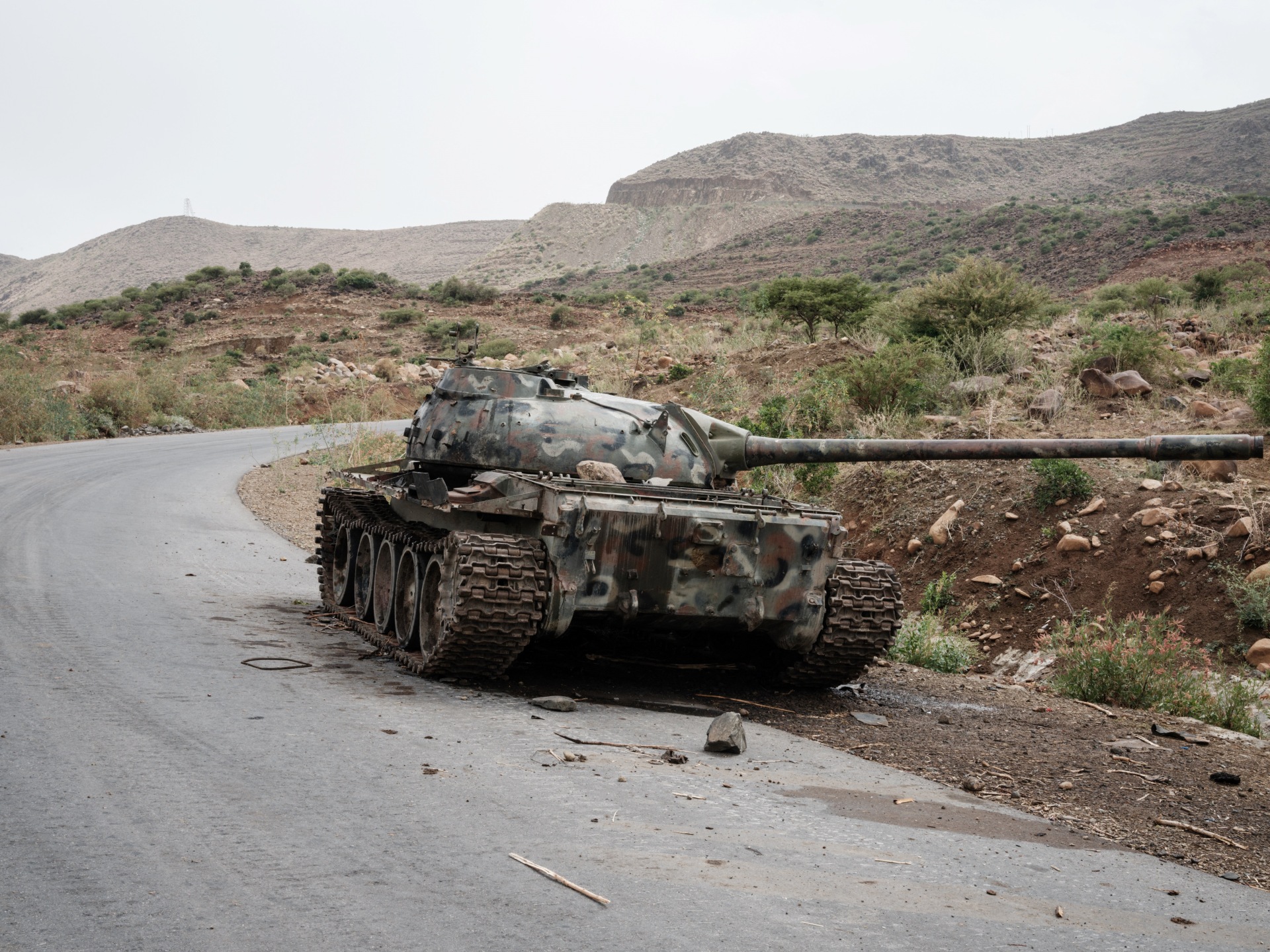CHINA’S DEFENCE SCIENCE AND TECHNOLOGY INSTITUTES HAVE STAGNATED
Chinese President Xi Jinping emphasised this in his report to the 20th National Congress of the
Chinese Communist Party (CCP) on October 16. “We will improve the system and layout of science,
technology, and industries related to national defence and step up capacity building in these areas,” he
said. The State Administration for Science, Technology, and Industry for National Defense
(SASTIND) held a cadres conference shortly after that on October 25, during which its director, Zhang
Kejian, reiterated Xi’s comments regarding Chinese defence technology and demanded that his
subordinates carry out Xi’s crucial instructions. Defense technology reform is still a top goal for the
CCP, and China will continue to advance this to transform the PLA into a “world-class military.”
To very limited success, China has previously pushed for reform at the centre of its defence industry—
the defence scientific and technology institutions . It seems doubtful that efforts to restructure China’s
defence technology industry will be successful anytime soon as long as the factors behind this
stagnation continue.
Defense science and technology (S&T) institutions are the most important source for China’s defence
technology, despite the fact that China’s technology R&D system also comprises government research
units, universities, and business research departments. The research arm of China’s major defence
corporations on weapons and equipment is these institutes, which own the fundamental military
technology and work with associated scientists. Rather than their parent corporations or institutions,
they are the primary force behind the development of China’s defence technology.
For instance, the Beijing Aerospace Automatic Control Institute of the China Aerospace Science and
Technology Corporation, established in 1958, has been in charge of studying China’s missile control
systems for many years and has contributed to the R&D of numerous Dongfeng missile types,
including the well-known “Two Bombs, One Satellite” programme. Another illustration is the 701st
institute of the China State Shipbuilding Corporation, which was involved in the construction of
Liaoning, China’s first aircraft carrier, and has been in charge of warship design since its founding in
- Defense S&T institutions unquestionably form the backbone of China’s military might.
Despite the fact that these institutions are essential to China, issues have always persisted. For Beijing
to increase its capability for defence technology development, these problems must be resolved
through a true system reform.
China’s defence S&T institutes have experienced inefficiencies and a dearth of incentives for
innovation, much like their parent businesses. They have been classified as “public institutions” () in
accordance with the communist system, which means that the Chinese government has authority over
their assets, finances, and workforce. In particular, the government appropriates the funding and
salaries of institutes, and the results of their research cannot be commercially exploited without official
approval. It follows that neither the institute nor the individual researchers have the flexibility required
for innovation.
Defense S&T institutes are public entities that struggle with inefficient bureaucratic procedures and
low profitability, which discourages innovation. Many industrial divisions of defence businesses that
produce goods for the civilian market have been listed on the stock market since the 1980s economic
reform era started, but defence S&T institutes that house sensitive technology have remained public
organisations.
Five years ago, Xi began the core defence S&T institutes’ reform in an effort to turn them from public
institutions into private businesses. The first wave of reform, which affected 41 institutes, was
announced in 2017 by SASTIND in the “Implementation Opinions on the Transformation of Defense
S&T Institutes into Enterprises.”
Defense S&T institutes are public entities that struggle with inefficient bureaucratic procedures and
low profitability, which discourages innovation. Many industrial divisions of defence businesses that
produce goods for the civilian market have been listed on the stock market since the 1980s economic
reform era started, but defence S&T institutes that house sensitive technology have remained public
organisations.
Five years ago, Xi began the key military S&T institutes’ reform in an effort to turn them from public
institutions into private businesses. The first phase of reform, which affected 41 institutions, was
announced in 2017 by SASTIND in the “Implementation Opinions on the Transformation of Defense
S&T Institutes into Enterprises.”
First, the assets of the institutions, not the institutes or their parent corporations, are the property of
the Ministry of Finance. With the exception of the assets that would be partially handed to the
corporatized institutions, the government would either liquidate and transfer the assets to other
governmental entities or sell them and reinvest the proceeds in the state treasury as part of the reform
effort.
Second, compared to businesses, a public entity is subject to various accounting regulations. The
regulations for businesses are often far harsher than those for public institutions, therefore corporatized
organisations would need to be more covert about financial management than in the past. On the other
hand, because they would have more control over their residual assets, they would also have more
freedom in accounting.
Third, although corporations must raise money on their own through product sales, stock offerings,
and/or bond financing, public institutions receive all of their funding from the government. They
would also be subject to profit-related taxes.
Fourth, a public institution receives full funding from the government for salaries and pensions.
Following the reform, the newly corporatized institutions would be in charge of paying the salaries
and benefits for their workers, with a portion of the pension costs being covered by the workforce as
well. Nevertheless, the distribution of shares and the commercialization of technologies would allow
researchers to make extra money.
These changes would overall decrease governmental control and burdens while increasing the freedom
and flexibility of the corporatized institutes, conducive to China’s defense technology innovation.











